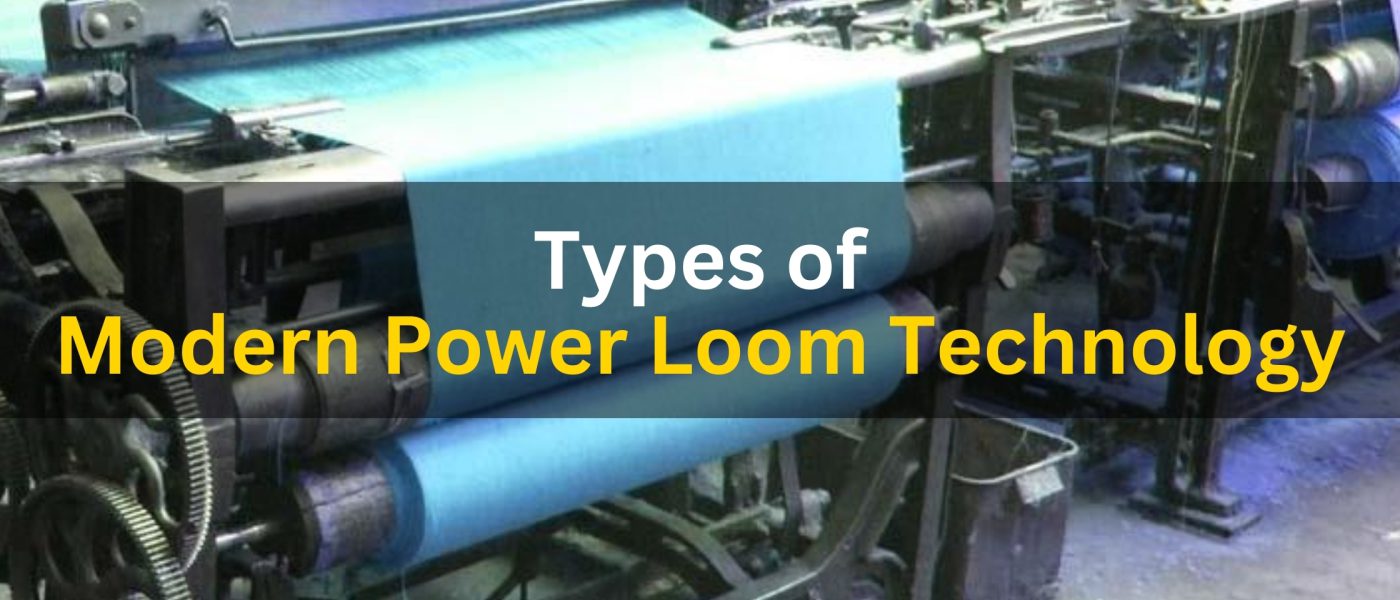The Indian textile industry is experiencing an extraordinary boom, driven by changing consumer tastes and a worldwide desire for Indian ethnic goods. To meet this demand, fabric suppliers are embracing innovative methods to maximize production capabilities, utilizing advanced technology and modern machinery. These state-of-the-art technologies have not only improved manufacturing and distribution processes but have also provided silk and cotton buyers with a wider range of blends to enrich and expand their product offerings.
In the midst of this transformative landscape, the power loom has emerged as a pivotal and widely acclaimed innovation within the textile sector. Serving as a cornerstone of textile production, the power loom exemplifies the industry’s ability to craft a diverse range of fabrics, each characterized by unique textures and compositions.
The Power Loom
Essentially, a loom is a device used for weaving yarn and thread into textiles, consisting of a central point in the fabric creation process. Looms exhibit a broad spectrum of sizes, ranging from expansive free-standing handlooms and compact hand-held frames to extensive automated mechanical tools. The term “loom” can also extend to electric line construction, resembling the structure of a wiring loom.
The primary function of looms is to securely hold the warp threads under tension, facilitating the intricate interweaving of the weft strands. While the specifics of a loom’s design and operation may vary, its fundamental purpose remains constant across various sizes and types. This integral machine plays a crucial role in shaping the fabric of the textile industry, providing the foundation for the intricate art of weaving.
Types of Modern Power Looms
Modern power looms have overtaken the conventional power looms – ordinary and automatic power looms. The new sets of multi-purpose, dynamic, and heavy-duty looms are dedicated to advanced fabric making.
Air and Water Jet Looms
Based on how we insert the weft thread, jet looms are divided into air-jet looms and water jet looms. The weft thread is passed through the shed with the help of water or air jets. There is a secondary jet in the shed that supports the main jet in the transportation of the thread.
Since jet looms have the highest weft insertion speed of all power looms, the technology is suitable only for lightweight fabrics as their capabilities are limited to selected weft materials.
Like air jet looms, water jet looms use pressurized water to add filling yarn, creating high-quality fabrics with a nice look and feel. While not as common as air jet looms, water jet looms are preferred for certain fabrics.
Water jet weaving machines, primarily used in East Asia, are excellent at inserting threads quickly and using less energy, especially for light to medium-weight fabrics with water-repellent fibers.
However, they are unsuitable for fibers that absorb much moisture. This method works best for threads like acetate, nylon, polyester, and glass; the fabrics must be dried after weaving.
In comparison, both air and water jet weaving machines are fast, can use different colors in the fabric, and make high-quality fabrics without damaging the threads much. The speed of shuttle-less weaving machines is measured in picks per minute (ppm) or yards laid per minute (ypm) for adding threads. Water jets, working at speeds up to 1500 ppm, lay 2360 ypm, showing that they are efficient and productive in making fabric.
Meanwhile, if you want a reliable and jet-fast source to buy and sell cotton fabric online in India, register your company on TEXchange Global.
Jacquard Loom (Electronic)
The Jacquard loom, regarded as a superhero in India’s Textile Manufacturing Industry, is a transformative innovation with an interesting history. Consider this Electronic Jacquard Loom Machine a smart weaver— a game changer that seamlessly blends old fabric weaving traditions with modern technology. Developed by Joseph-Marie Jacquard in 1804–05 in France, this innovative loom uses interchangeable punched cards to control the weaving process, allowing for the automatic creation of intricate patterns.
The Electronic Jacquard Loom Machine takes this concept to the next level. It uses special punch cards as a secret code to precisely control how threads move. Its remarkable ability to create diverse designs and patterns simultaneously sets it apart, achieved by simply changing these punch cards. It’s not just a loom; it is an artistic canvas where fabric becomes a work of art, and every thread serves as a unique brushstroke. This harmonious blend of historical craftsmanship and cutting-edge technology results in a truly exceptional approach to textile creation.
Multiphase Loom
Multiple shuttle loom or Multiphase loom is a special loom where more than one shuttle is used to produce more than one tape.
Generally, weaving machines fall into two categories: single-phase(second-generation) and multiphase (third-generation).
In the single-phase loom, one weft insertion occurs in a single revolution, forming a shed across the entire warp width. Examples include rapier, projectile, air jet, and water-jet looms. They all represent the second generation of textile looms, where shedding, picking, and beat-up happen in one cycle.
Multiphase looms, part of the third generation, create multiple sheds simultaneously across the warp width. The latest models can produce 1.5 yards of fabric in a minute. These systems insert several weft threads concurrently. In wave-shed weaving machines, sheds form in a wave-like pattern across the warp width. While some European manufacturers have sold production machines with this concept, challenges like quality, flexibility, and an automated system for fixing weft breaks have hindered its widespread adoption.
Hope this article helps you select the perfect power loom for your next project. For those who want to buy fabric online from Indian manufacturers using modern power looms, connect with the trading experts at DMI. We can offer quick solutions, customized for your needs.




